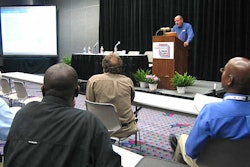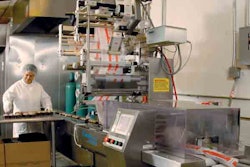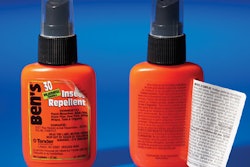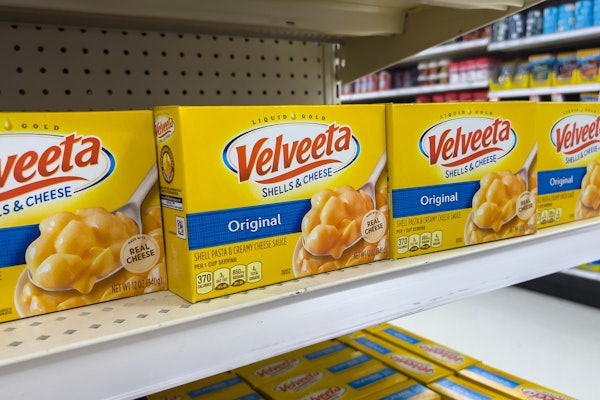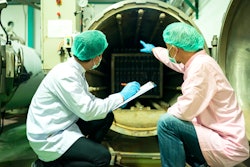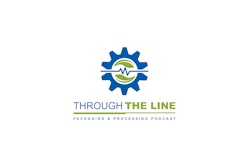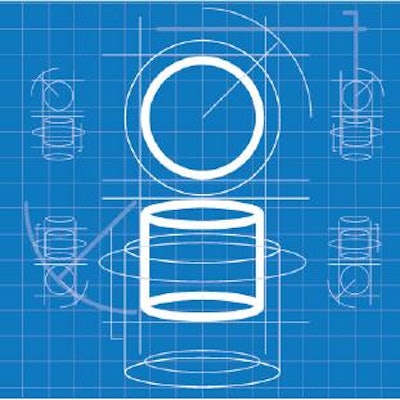
Procter & Gamble and Kraft Foods, Inc.—one and two, respectively,
in U.S. retail ground coffee, each with reported sales in excess of $1
billion—are slugging it out in a patent infringement suit about
packaging. P&G alleges that its plastic container used for Folgers
has suffered infringement by one used for Kraft’s Maxwell House.
Beyond courtroom drama, this case reflects several realities, namely:
Packaging is a source of competitive advantage; packaging advances are
increasingly resulting in patents; and patent infringement battles will
increase in frequency.
Packaging Advantage. Packaging has demonstrated the power to catapult
a brand into prominence or to solidify the prominence that a brand
already holds in the category. Freshness and flavor are signature
requirements for coffee and traditionally have been delivered by
vacuum-packed metal cans.
Enter the HDPE canister with a peel-seal cover under a snap-on/off lid,
and the consumer receives these conveniences: lightweight; easy
opening, dispensing, and reclosing; and reusability. P&G calls its
rendition Aroma Seal; Kraft went with Flavor Lock. By whatever names,
it’s evident that both titans are utilizing packaging as a
brand-builder, vying for percentage gains that can equate to hundreds
of millions of dollars.
Coincidentally, earlier this year, Keurig (a subsidiary of Green
Mountain Coffee Roasters) filed a patent infringement suit against
Kraft over single-serve packs, utilized with a specialty coffee maker.
The legal tug-of-war between Keurig’s K-Cups and Kraft’s Tassimo
T-Discs makes for an instructive aside, demonstrating that packaging is
a valuable tool in the pursuit of market segmentation, as retail coffee
marketers woo consumers who want the coffeehouse experience in their
own homes.
Patents. Today’s business climate is spurring an increased number of
patents devoted to packaging. One can’t read a trade publication,
attend a conference, or, for that matter, listen to a CEO promoting the
company without encountering the use of the term innovation. A direct
descendant is the oft-recited term, smart packaging. The point is,
doesn’t it make sense that the more truly innovative and smart the
packaging, the more likely it will be patented?
Innovation, despite being frequently referred to as if it were an
absolute, is a relative term, specific to industry and product. Not to
acknowledge that fact is to overlook the numerous opportunities
residing in the area of technology transfer.
Granted, technology was employed to overcome the challenges posed by
the development of a lightweight plastic container for ground coffee
that can endure the internal pressures that are introduced during
filling and exerted throughout the distribution cycle. Consumers,
however, don’t care about the technology, per se, only about whether it
addresses their needs. P&G and Kraft would be less inclined to
duke it out over a package that was a marketplace flop, technology and
patents notwithstanding.
Infringement. Any patented packaging that’s the source of a competitive
advantage is intellectual property that’s well worth a legal battle.
While conceding strategies and tactics to the lawyers, there are
valuable contributions to be made by personnel with packaging
responsibilities. It first requires a basic understanding of how
patent infringement suits are brought and defended, and second, an
integration of that understanding throughout the package research and
development process.
Whether the patent is prosecuted through in-house counsel or outside,
the various parts—abstract, drawings and descriptions, background and
prior art, summary, and claims—are comprised from inputs from package
research & development. Such inputs should be strategic, for
example, as to how broadly or narrowly the claims (the most important
part of the patent in this type of infringement case) should be stated;
for, it impacts the ease or difficulty in which the patent can be
attacked or defended.
Because battles, by nature, are about attacks and defenses, it behooves
packaging personnel to know that much of the fray is about the validity
of the patent. A patent can be ruled invalid, and thereby
unenforceable, for (among other reasons) lack of novelty or for being
obvious. Something else that can render a patent unenforceable is
inequitable conduct, meaning that the patent holder intentionally
omitted material information during the application process, such as
about prior art.
Packaging personnel have a practical reason for understanding the
aforementioned because it is they who the lawyers rely upon to provide
the documentation necessary to attack or defend. That should be kept in
mind for any packaging project, out of which a patent is expected to be
derived or someone else’s is expected to be an issue. Foresightedness
in documenting the packaging research and development process and
subsequently of the patent application process can provide formidable
weapons—defensively or offensively.
Packaging personnel have yet another role to play, that of expert
witnesses, providing testimony in depositions and at trial. It is
they, for instance, who are called upon to opine as to whether the
patent is novel, or by contrast, whether someone of their expertise
would regard the patent as obvious and easily anticipated. Credibility
and persuasiveness hinge on how wide the research net was cast,
especially in these times of global sourcing of technology.
See you in court (or not)
The case between P&G and Kraft is over a utility patent; however,
other types of infringements (design patents and trade-dress)
frequently are about packaging, each type having its own legal
standards, different from those of utility patents. With that variety,
the value of close coordination between packaging personnel and the
legal department should be apparent.
It’s a sure bet that packaging personnel from P&G and from Kraft
have been recruited into the Folgers/ Maxwell House battle, as well
they should be. The effectiveness of their contributions will reflect,
in large part, their corporate structure and communication channels,
and their influences on the packaging-legal link.
Speaking of sure bets, there is no such thing in predicting the outcome
of a patent infringement suit, especially one between such evenly
matched and powerful combatants as P&G and Kraft. The possible
scenarios are numerous and might or might not ultimately be determined
by trial. No matter. It is not this article’s purpose to offer a
prediction.
The purpose is to use the P&G/Kraft case to illustrate the
realities that exist for any consumer packaged goods company (CPGC),
regardless of whether that company is on the sending or receiving end
of the Cease and Desist letter that precedes legal action. And to any
CPGC that believes these realities don’t apply to it, the advice is:
Wake up and smell the coffee.
Before becoming a packaging consultant, Sterling Anthony worked for
Fortune 500 food, healthcare, and automotive companies, and has taught
packaging at the university level. He welcomes your comments by phone,
313/531-1875 or by e-mail, [email protected]. His Web site
is www.pkgconsultant.com.



